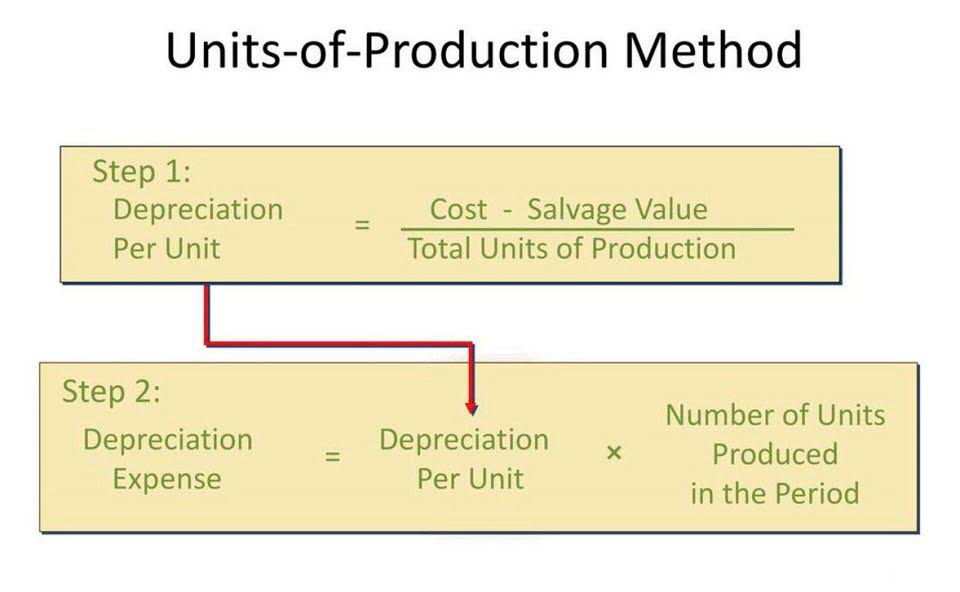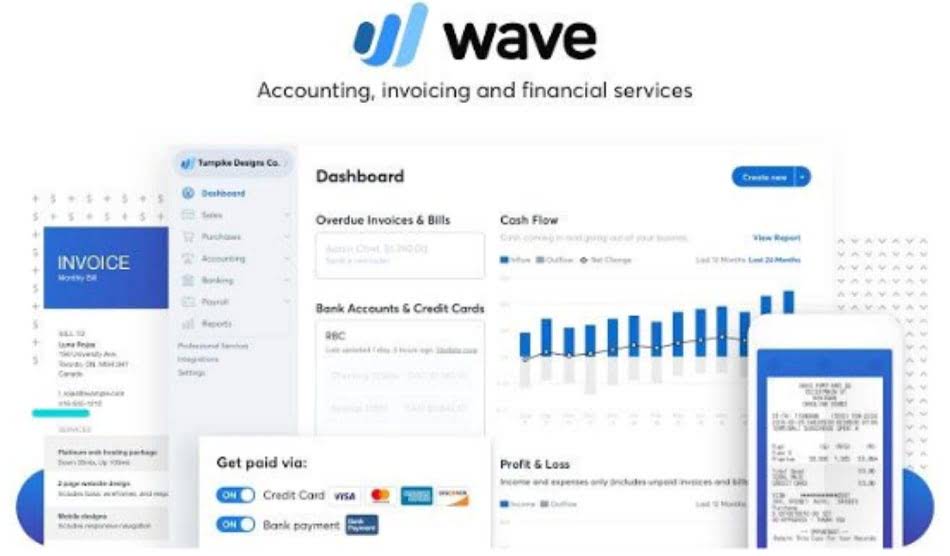Consolidated and Non-Consolidated Financial Statement

Consolidated Financial Statements are the aggregated financial statement of a group company with multiple segments or subsidiaries. For a group company, it is referred to as the report which includes parents and its collective business. The Bookkeeping for Chiropractors basic difference between the balance sheet and a consolidated balance sheet is the inclusion of another company (which we call a subsidiary) in a consolidated balance sheet. So in the consolidated balance sheet, MNC Company will put the total assets of $2.5 million. An Unconsolidated Undrained (UU) triaxial test is a ‘total stress’ test since effective stresses in the specimen are not known.

Analytical formulation of consolidation rate

Berkshire Hathaway (BRK.A/BRK.B) is a holding company with ownership interests in many different companies. It uses a hybrid consolidated financial statements approach, as seen in its financials. For example, its consolidated financial statement breaks out its businesses by Insurance and Other, then Railroad, Utilities, and Energy. Its ownership stake in publicly traded company Kraft Heinz (KHC) is accounted for through the equity method. Standards may differ for the amount of ownership required to include a company in consolidated subsidiary financial statements.
Shareholders’ Equity
- An unconsolidated subsidiary would not be part of the consolidated financial statements.
- The different tests vary in terms of whether they permit water flow in or out of the specimen during the consolidation and shear stages of the test (more on this below).
- And at the same time, there will be no change in the assets, liabilities, and shareholders’ equity.
- In this guide, we’ll first explore what the triaxial shear test is and how it’s carried out, then look at the different types of triaxial test and finally how the results can be used in geotechnical engineering.
When the parent buys something from the subsidiary, or vice versa, each accounts for the transaction separately on its cash flow or income statements. If one lends money to the other, the loan is an asset on the lender’s balance sheet and a liability on the borrower’s. During consolidation, a company’s accountants will eliminate these and other intracompany transactions. Unconsolidated subsidiaries are owned by a parent company, but their individual financial statements are not included in the consolidated financial statements of the parent company. The difference between consolidated and unconsolidated financial statements lies therein, explains information from Legal Zoom. An unconsolidated financial statement would treate each subsidiary separately from an accounting perspective, while a consolidated one accounts for every subsidiary together.

Consolidated Financial Statement Requirements
Private companies have more flexibility with financial statements than public companies, which must adhere to GAAP standards. This stage involves unifying financial statements across divisions by compiling intercompany income statements, balance sheets, and cash flow statements into one coherent report. It also involves providing other quantitative summaries—like financial highlights and segment information—as well as qualitative context to make the presented figures easy to grasp. As a parent company, you may decide otherwise (for example, not preparing the consolidated balance sheet and letting the subsidiary company operate its own business). And that’s why you need to prepare a consolidated balance sheet if you own a stake of more than 50% in the subsidiary company.
Triaxial testing of geogrid-stabilised materials
Please note that the General Assembly’s website does not include amendatory acts prior to 1990. Clays undergo consolidation settlement not only by the action of external loads (surcharge loads) but also consolidated vs unconsolidated under its own weight or weight of soils that exist above the clay. The effects of consolidation are most conspicuous where a building sits over a layer of soil with low stiffness and low permeability, such as marine clay, leading to large settlement over many years. Types of construction project where consolidation often poses technical risk include land reclamation, the construction of embankments, and tunnel and basement excavation in clay. For example, Nestle operates in several countries and is prone to having subsidiaries with differing fiscal year-ends.


Since a normally consolidated clay is experiencing the maximum pressure of its history, it is more likely to get compressed without recovery (plastic recovery) when subjected to additional external pressure in their natural state. This is not the same for overconsolidated soils which will exhibit elastic behaviour whenever an external pressure that is less than what they have experienced in the past is placed and removed. Clay soil is said to be normally consolidated if the effective overburden pressure that it is currently experiencing is the maximum it has ever experienced in its history. On the other hand, it is said to be overconsolidated if the present overburden pressure is less than the effective overburden pressure it has experienced in the past. He has authored articles since 2000, covering topics such as politics, technology and business. A certified public accountant and certified financial manager, Codjia received a Master of Business Administration from Rutgers University, majoring in investment analysis and financial management.
- Situations like this are why many companies rely on financial consolidation software which automatically filters and deletes intra-group transactions.
- Or if a subsidiary is struggling financially, its parent company may loan it money, with the expectation that it will be paid back with money from the subsidiary’s operations.
- To distinguish between the two mechanisms, “primary consolidation” refers to consolidation due to dissipation of excess water pressure, while “secondary consolidation” refers to the creep process.
- Most basins are bounded by low-permeability rocks, but some in the western United States are hydraulically connected to adjacent carbonate-rock aquifers.
- This is an on-going project and not all Pennsylvania laws have been consolidated.
- But such transactions would not show up on consolidated statements because they don’t affect the overall state of the larger company.
Your Local Distributor
Aquifer thickness ranges from a few meters or QuickBooks tens of meters in the blanket sands along the eastern Atlantic coast of the United States to several hundred meters in the basin-fill aquifers of the southwestern United States. The unconsolidated sand and gravel aquifers are susceptible to contamination because of their generally high hydraulic conductivity. Likewise, the thick blanket sands of the High Plains aquifer and the Mississippi River Valley alluvial aquifer of the central United States have regional flow systems. Creep typically takes place over a longer time-scale than (primary) consolidation, such that even after the restoration of hydrostatic pressure some compression of soil takes place at slow rate. In the narrow sense, “consolidation” refers strictly to this delayed volumetric response to pressure change due to gradual movement of water. Some publications also use “consolidation” in the broad sense, to refer to any process by which soil changes volume due to a change in applied pressure.

